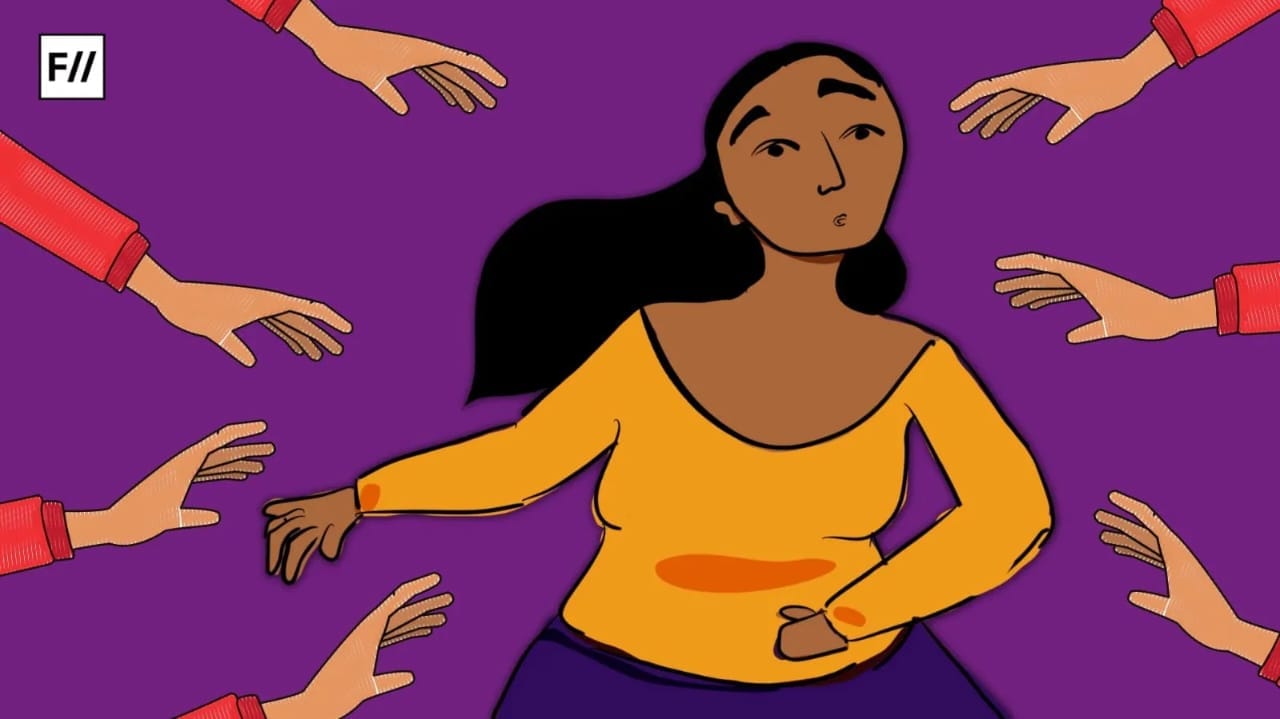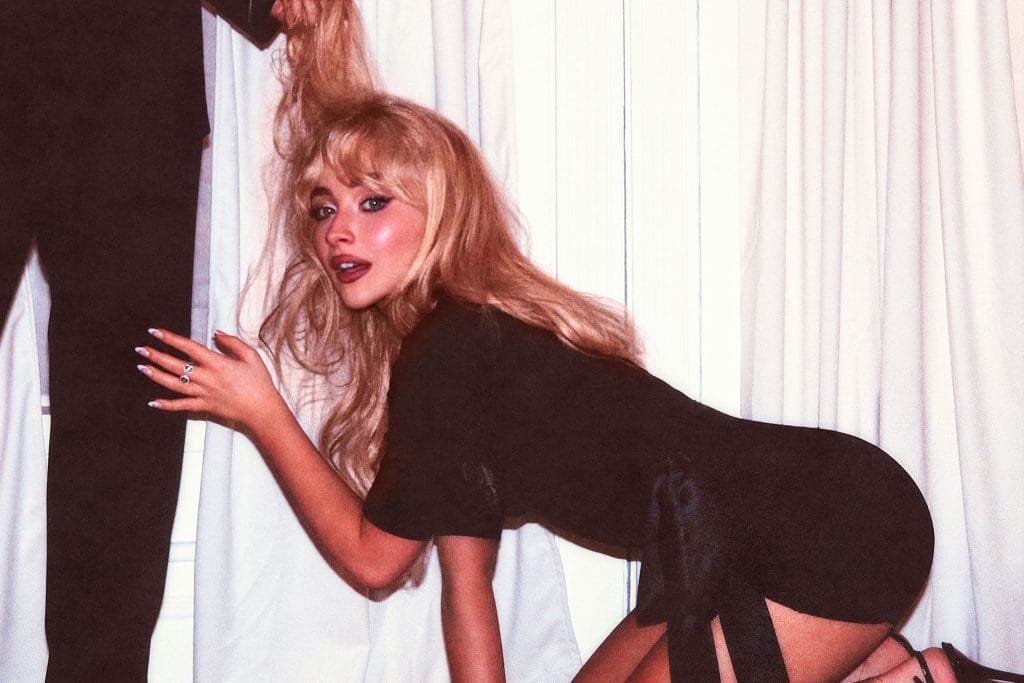This article is part of the #GBVInMedia campaign for the 16 Days Of Activism global campaign to end gender-based violence. #GBVInMedia campaign analysis how different kind of mainstream media (mis)represents/reports gender-based violence and broadens the conversation from violence against women to violence against people from the queer community, caste-based violence and violence against people with disabilities. Join the campaign here.
Violence is incurred by any person or a group of people enjoying any kind of privilege according to the power dynamics working in the society. Gender-based violence (GBV) is thus incurred by people/groups that fall on the privileged or the normative wavelength on the gender scale, per se, on the people/groups that fall on the marginalized or tabooed end of the same scale.
The experience of facing violence for the marginalized lot, both mental and physical, is extremely personal and different for different victims. The representation of this experience by the victims in the private or the public space may/may not be in sync with the actual experience, consciously or unconsciously. However, when these experiences are represented by a third-party, there is a scope of hefty misrepresentations which could again be conscious or unconscious. But in this case, if it is conscious, it just holds a mirror to the society which perpetrates such crimes and if it is unconscious, there is a need for earnest sensitization about this issue and about the effects of misrepresentation on the victims.
Here, this “third party” is the media. With the world becoming smaller, the role of media has become more significant than ever, which just means that it shoulders a responsibility which might make or break the society. There is a mutually dependent relationship between the media and the society; people consume whatever the media produces and the media produces whatever is consumed in large numbers. This very relationship has proved to be fatalistic for victims of GBV because of the crude misrepresentations of the same.
In this context, it is important to understand and discuss the role of music as a medium of change in the society. Starting with the culture of the most popular music in India (largely the Northern part), the picture is not rosy at all.
Misogynistic Music 101
It is inevitable to miss out Honey Singh’s name from a discussion like this. One of his earliest songs called “Choot” calls on outright violence on women, or rather girls of ages seventeen or eighteen. The kind of music that goes along with these scandalizing lyrics is celebratory and party-like. I completely fail to understand how we have given this man so much audacity to produce filth like this and call himself a singer.
If his albums weren’t enough, we have given him a place in almost all big-banner Bollywood movies and put him on a pedestal of the greatest rock star. From kids aged four or five to full-grown adults, his songs in general (and rap portions, in particular) are being consumed by everyone alike, and no occasion goes by without his songs being played on the dance floor. The way in which his songs and this song in particular encourages violence against women is loathsome and it is time we grew out of that flawed argument of, “..but his music is groovy” and have some sense of responsibility about the kind of music we consume as “entertainment.”
The Bollywood Industry, since a very long time, has acted like it exists in complete isolation with the society, producing problematic songs and music videos. And the recent addition of ‘item-numbers’ to Hindi movies is applause-worthy. Continuously producing songs like “Tu mere agal bagal hai” which just encourages stalking and bars any sort of agency for the women, and item-numbers like “Fevicol se” objectify women to another level and sends out the message that anything done to their bodies is acceptable.
Because of the ever-growing and large number of such obscene songs, it is almost impossible to exhaustively enlist all of them. But the major focus is and should be on the way we consume and allow such ‘art’ to be put out and make it popular.
It is important to mention that there has been a resurgence of English music lovers in India. And a lot of English music is also laden with unpleasant phrases, words and visuals that send out very flawed messages to the people about GBV and is extremely disturbing for the victims.
P!nk’s music video of “Please don’t leave me” is rather disturbing, at the least entertaining in the way she hits her boyfriend to stop him from leaving her, while singing “I can cut you into pieces when my heart is broken.”
Music.Mic provides an interesting list of hateful songs that “we’d be really happy to never hear again” and most of them have crude propagation or encouragement of GBV in them.
Music that helps
Amidst all the dirt, there have been some songs that are for helping victims to regain their self after violence has been inflicted on them. And there are some aimed at generating sensitization against GBV.
Macklemore’s “Same Love” is a beautiful and poignant song (along with its video) about the kind of mental torture the LGBTQ community goes though and is a powerful jibe at systems and institutions that challenge their identity and use it to exploit them.
Lady Gaga’s latest song “Till It Happens To You” is a depiction of the kind of hostile environment and lack of understanding a victim faces and how it is like being assaulted again by the people when the victim is trying to heal from the assault by the perpetrator.
As a part of its campaigning in 16 days of Activism in 2011, The Pixel Project came out with a beautiful list of sixteen songs that are about violence against women and to help the survivors of the assaults.
It is time we start realizing that music is a significant source of medium that not just influences our ears but also our minds and thus, as music producers and listeners we have a huge responsibility on us. Music can prove to be magnificent in bringing about positive changes in bringing down the number of gender-based crimes across the world by responsibly representing or generating awareness about the same.
Note: Theoretically, the study of music in its cultural context is called ‘ethnomusicology’ but this article won’t be as refined as the actual studies conducted by professional ethnomusicologists.
About the author(s)
I work (read, 'write') to stay afloat.




